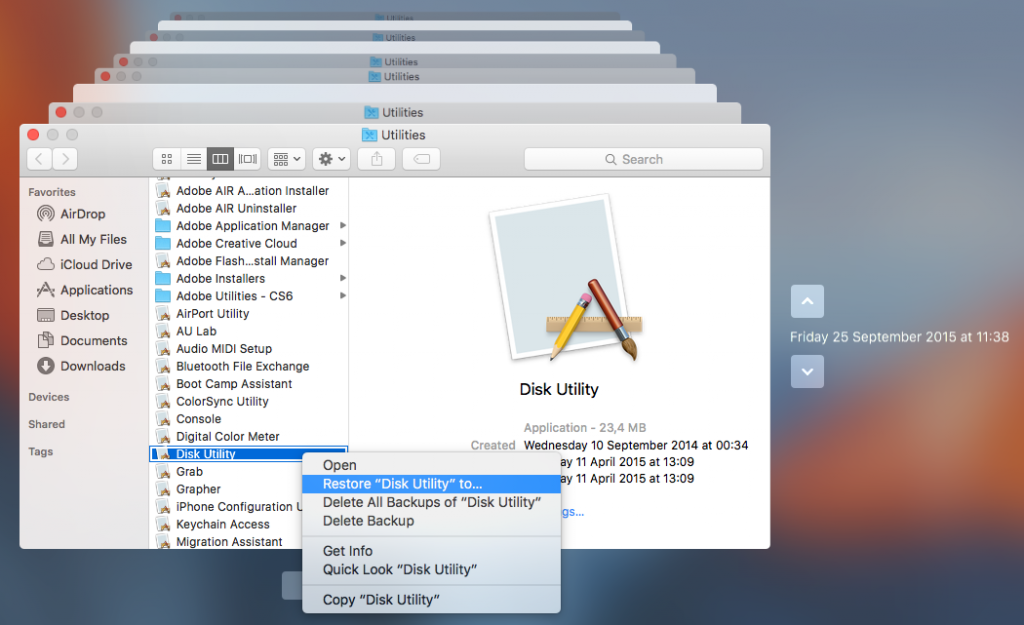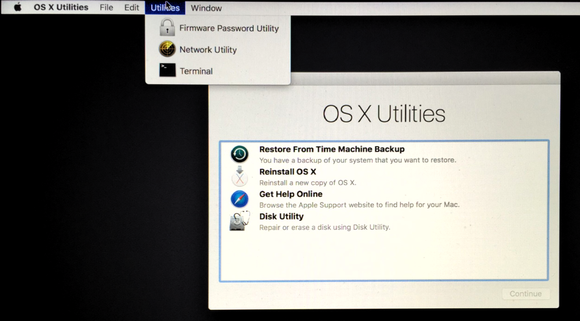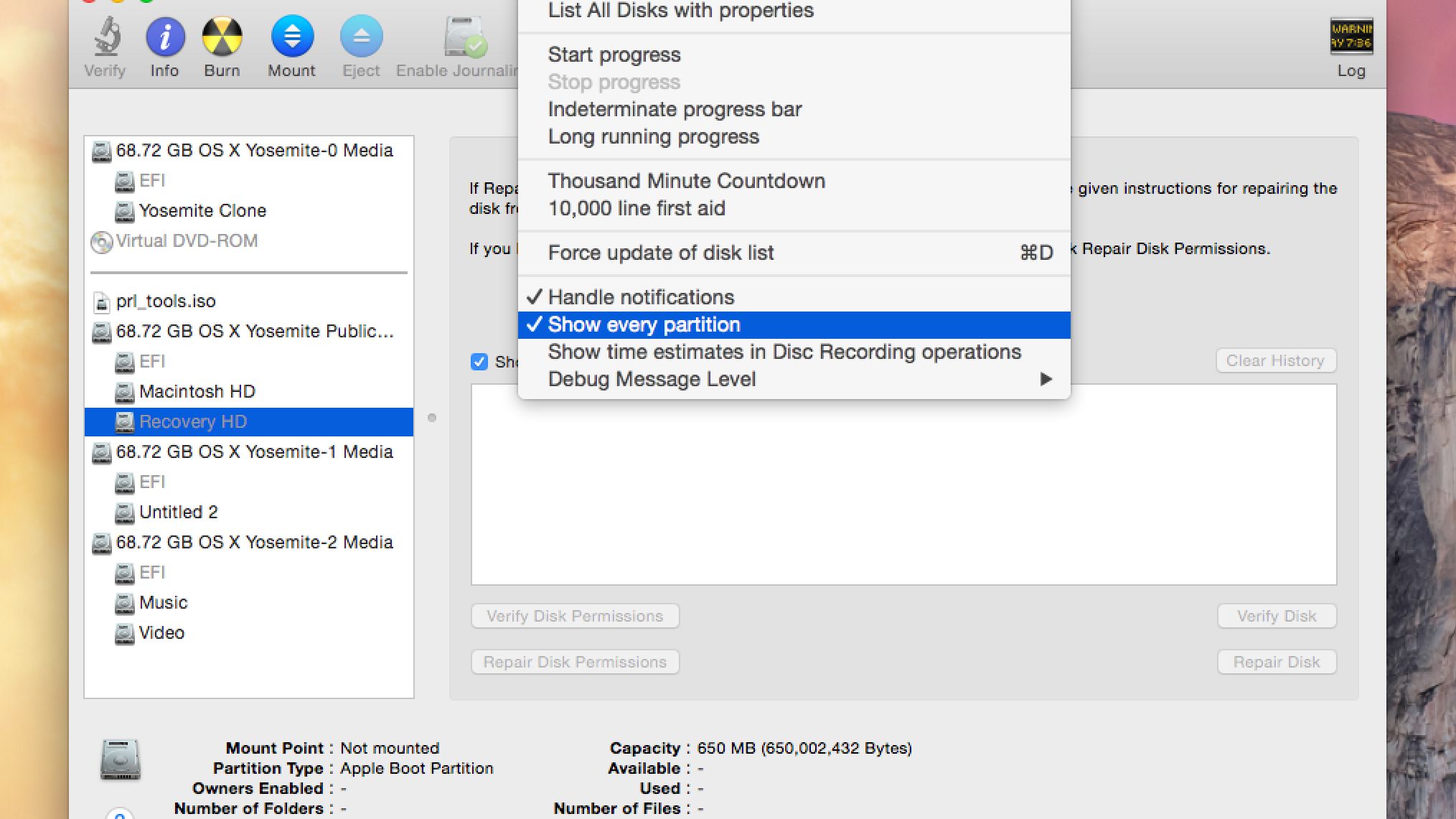
Quick Scan is the default Mac data scanning mode.

Step 3Click Scan to get your recoverable Mac files. Step 2Check the file type and hard disk you want to recover due to Mac OS X El Capitan update. Sooner, you will be in the interface to recover lost Mac data only. Otherwise, your lost data may be overwritten by new files permanently. Note: Stop using your computer before running the Mac data recovery software. How to Recover Data after Mac OS X El Capitan 10.11.6 Update Work with Mac OS X El Capitan 10.11.6 and earlier versions.Ģ.Support to recover data from hard drive, memory card, flash drive and other removable drives on Mac.

Scan your entire OS X El Capitan hard drive or selected disk volume with Quick Scan and Deep Scan modes.Rescue lost or deleted Mac data from OS X update, deletion, formatting, RAW hard drive, system crashes and more.Recover photos, videos, music, emails, documents and other data on Mac selectively.It is a time-saving method if you want to get back a few Mac files only. You can dedicate one volume to the Recovery HD and save the rest of your external drive to use as you see fit.Different from Time Machine, you can preview and select which file to recover without limitation. It is a good idea to partition the external drive into multiple volumes. The Recovery Disk Assistant erases the external drive and then creates only a 650 MB space for itself, which is wasteful. At least 650 MB of available space on the external drive.The external can be any drive that is bootable, including external USB, FireWire, and Thunderbolt-based drives, as well as most USB flash drives. An external drive to serve as the destination for the new Recovery HD.If you don't have a recovery volume, you won't be able to use the Recovery Disk Assistant. If all is well, go ahead and restart your Mac normally. After you select the recovery volume, your Mac starts up and displays the recovery options. You can then pick the recovery volume, usually named Recovery HD. This forces your Mac to start using the startup manager, which displays all the bootable volumes connected to your Mac. To find out whether you have a Recovery HD, restart your Mac while holding down the Option key. If your OS X installation wasn't able to create the Recovery HD, the OS X Recovery Disk Assistant won't be usable.

The Recovery Disk Assistant uses a cloning process to create copies of the Recovery HD. That's an easy requirement to fulfill the Recovery Disk Assistant is available from the Apple website.


 0 kommentar(er)
0 kommentar(er)
